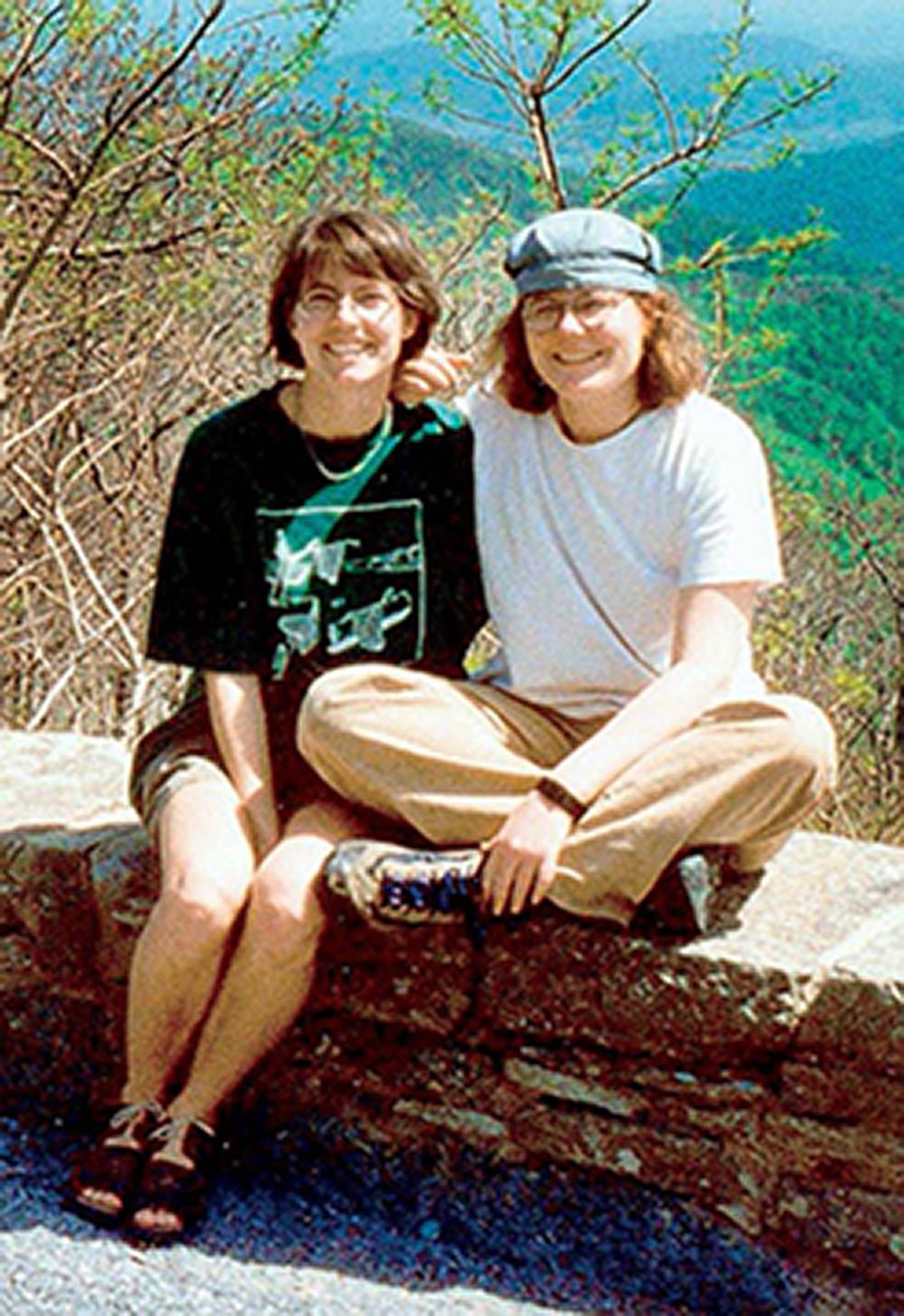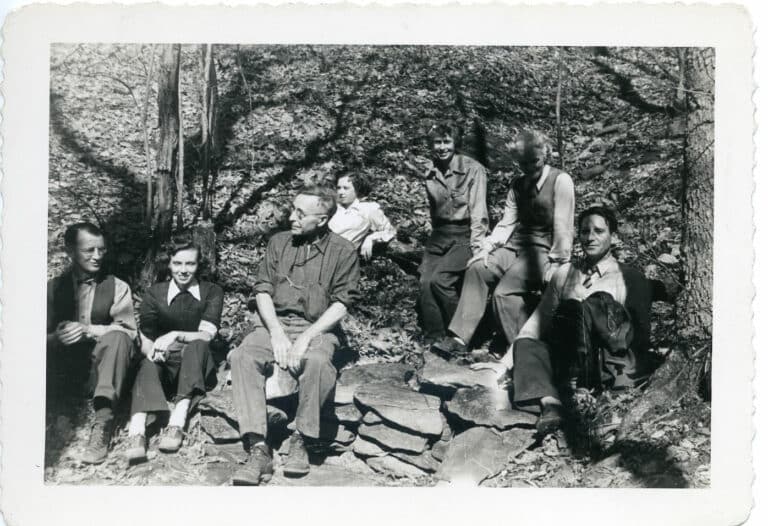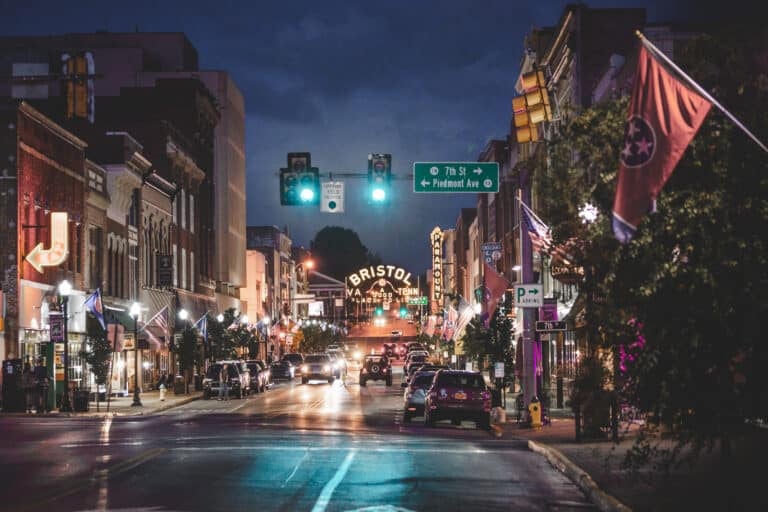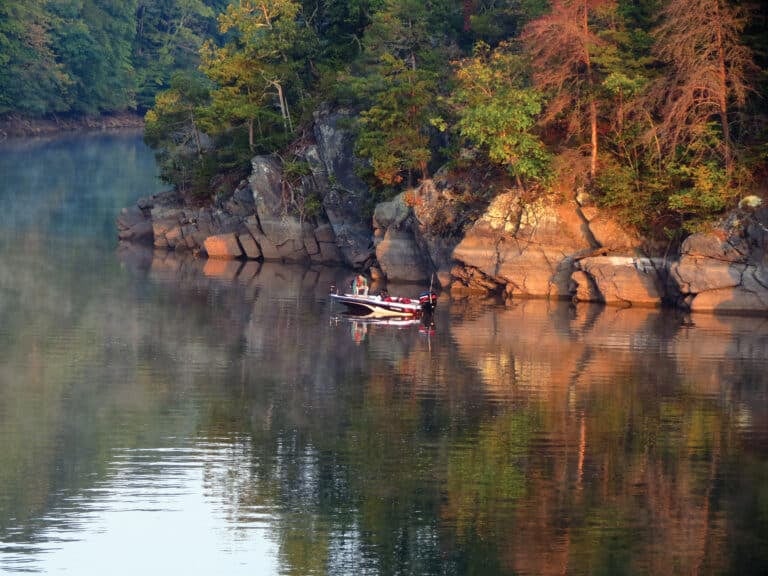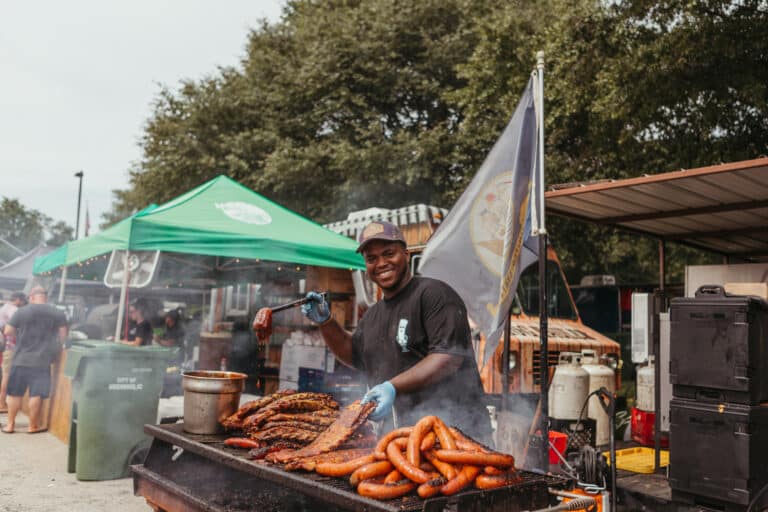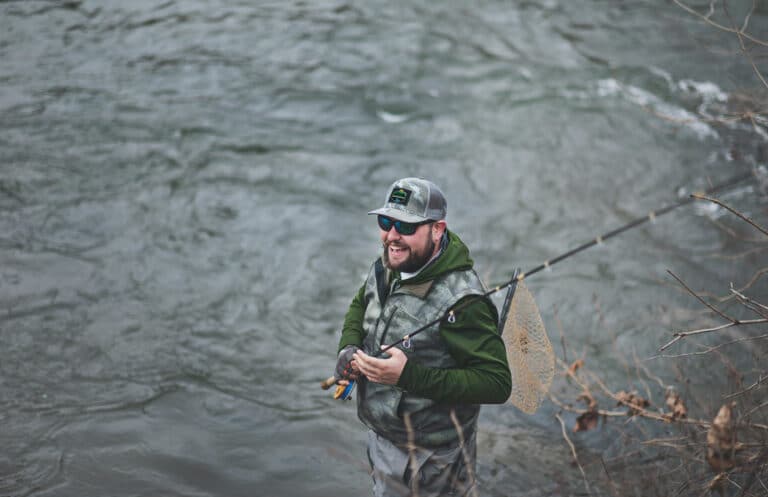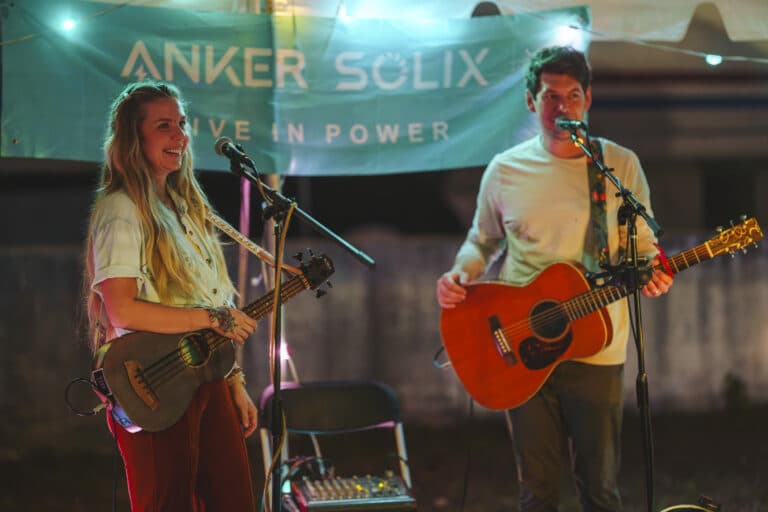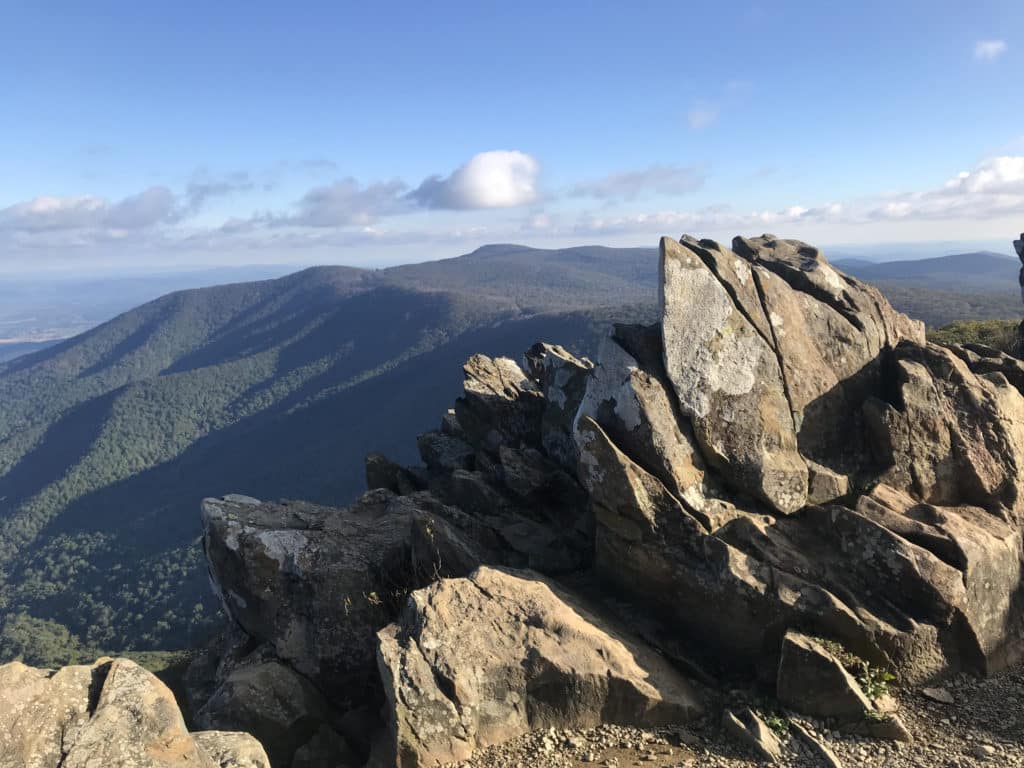
Photos courtesy of Algonquin Books
Journalist Kathryn Miles talks quest to solve Shenandoah murders
IN 1996, TWO YOUNG WOMEN WERE brutally murdered while camping in the backcountry of Virginia’s Shenandoah National Park. The shocking violence quickly exploded into the national spotlight. When the case went cold, the crime became one of the most notorious in the history of outdoor recreation.
Award-winning journalist Kathryn Miles was reintroduced to the unsolved murders through an assignment for Outside Magazine, revisiting them after 20 years. Meeting with FBI agents revealed inconsistencies and oversights throughout the investigation.
Miles soon became obsessed. She pored over thousands of pages of case files, sifted through the women’s correspondence, poems, and journals, and interviewed investigators, family members, and lawyers.
Her new book, Trailed: One Woman’s Quest to Solve the Shenandoah Murders, is the result of four years of investigative immersion. It explores the victims’ lives and the impact of their loss on loved ones, meticulously reconstructs the case—and ultimately seeks to ID a new suspect.
BRO: Trailed began as an article. At what point did it become something bigger and why?
KM: I began my work investigating the double murder of Julie Williams and Lollie Winans on the 20th anniversary of the crime in June 2016. The FBI had issued a national media campaign asking for information that would lead to a successful conviction in the case. A man named Darrell David Rice was indicted for the murders in 2002, but the prosecution quietly dismissed charges against him without prejudice in 2005.
Media representatives coordinated visits to the Marine Corps Base Quantico forensic lab and the murder scene. At the latter we were joined by the case’s lead agent, and past and present National Park Service law enforcement rangers involved in the investigation.
At the time, I thought it would be a fairly straightforward feature story that would detail the crime and what the FBI lead investigator had called “new advances in DNA technology” that would help them move the case forward.
It wasn’t until my research assistant and I obtained access to original court documents that we began to understand the thinness of the case against Darrell Rice. We also found evidence of shoddy detective work and significant bias, which made me realize the case was far more complex than most people knew.
It was that understanding, coupled with additional research I’d been doing about wilderness access and crimes against socially subordinate groups, that made me decide there was a full-length book project here.
BRO: Can you tell us a bit about these women: Who were they, how did they meet, and what was the nature of their relationship?
KM: Julie Williams was born and raised in a tight knit Midwestern community. Her family was a close one, and very much guided by both their Catholic faith and their love of the outdoors. She grew up camping and canoeing on Minnesota’s lakes and ponds, and quickly developed a passion for geology. She was also fluent in Spanish and committed to social justice projects; her high school friends referred to her as a “one woman Peace Corps.”
By the time Julie graduated Carleton College, she had already served as a translator for Latinx domestic assault survivors, completed missionary work in Central and South America, and participated in archeological digs and environmental surveys on tribal lands in northern Minnesota and the Mediterranean. In the spring of 1995, she enrolled in a leadership course at Woodswomen, a revolutionary outdoor program for women. It was there that she met Lollie Winans.
Lollie had grown up in an affluent family in Grosse Point, Michigan. Her adolescence had been marked by abuse, which had created a rift in her family and left her casting about for much of her teen years. She was smart, fierce, and very often the life of any party. People gravitated towards her.
In time, she found her way to Unity College, a small environmental studies college in Maine, where she majored in outdoor recreation with an eye towards creating a wilderness program for sexual assault survivors like herself. That goal brought her to Woodswomen for a summer internship, where she met Julie and fell in love.
BRO: What is known about what happened to Williams and Winans in Shenandoah National Park?
KM: Julie and Lollie were both avid journalers, and Lollie had also developed a serious interest in photography. That enabled us to document their time in SNP with some detail.
We know that they arrived in the park on May 19 and spent at least six days backpacking in its central section. They eventually made their way onto the disused Bridle Trail, which had formerly been used for horseback rides based out of stables at Skyland. They and their dog, Taj, established what backpackers call a “stealth” campsite in a hidden spot.
It was there that their perpetrator overpowered them. He bound and gagged both women, and we believe that he sexually assaulted at least Julie before murdering them both and leaving them in their sleeping bags.
BRO: Tell us about some of the mistakes that occurred during the investigation and their implications?
KM: Unpacking both is really the heart of the book, so it’s difficult to summarize here. What I can say is that any violent crime that occurs in a national park is the joint purview of both the FBI and the National Park Service law enforcement rangers. There’s a real culture clash between the two agencies, and that difference led to some very unfortunate decisions about the initial handling of both evidence and suspects.
For me, one of the most shocking and difficult revelations was the fact that the senior park administrators deliberately withheld information about the murder for two full days and were forced to publicly acknowledge the deaths only after some very intrepid journalists began to ferret it out. Even then, park officials attempted to pass off the incident as a murder-suicide, rather than what was clearly not only a double murder, but the third murder of a young woman in the Shenandoah area that spring.
As part of my research for the book, I spoke to a number of people who were either hiking the Appalachian Trail or visiting the park at that time. All these years later, they’re still understandably hurt and angry that this information was kept from them.
